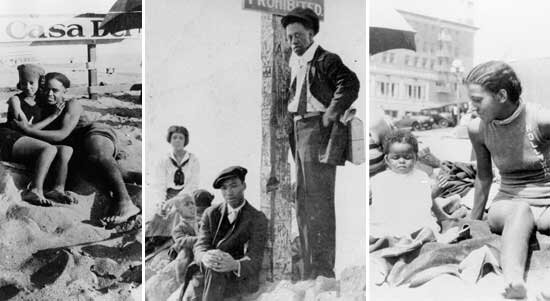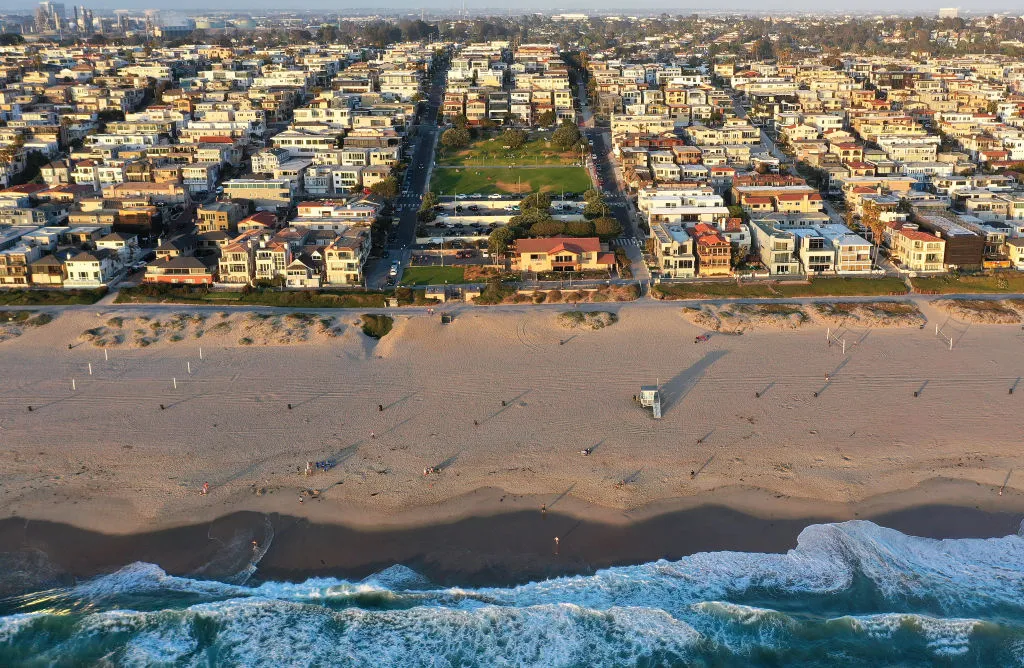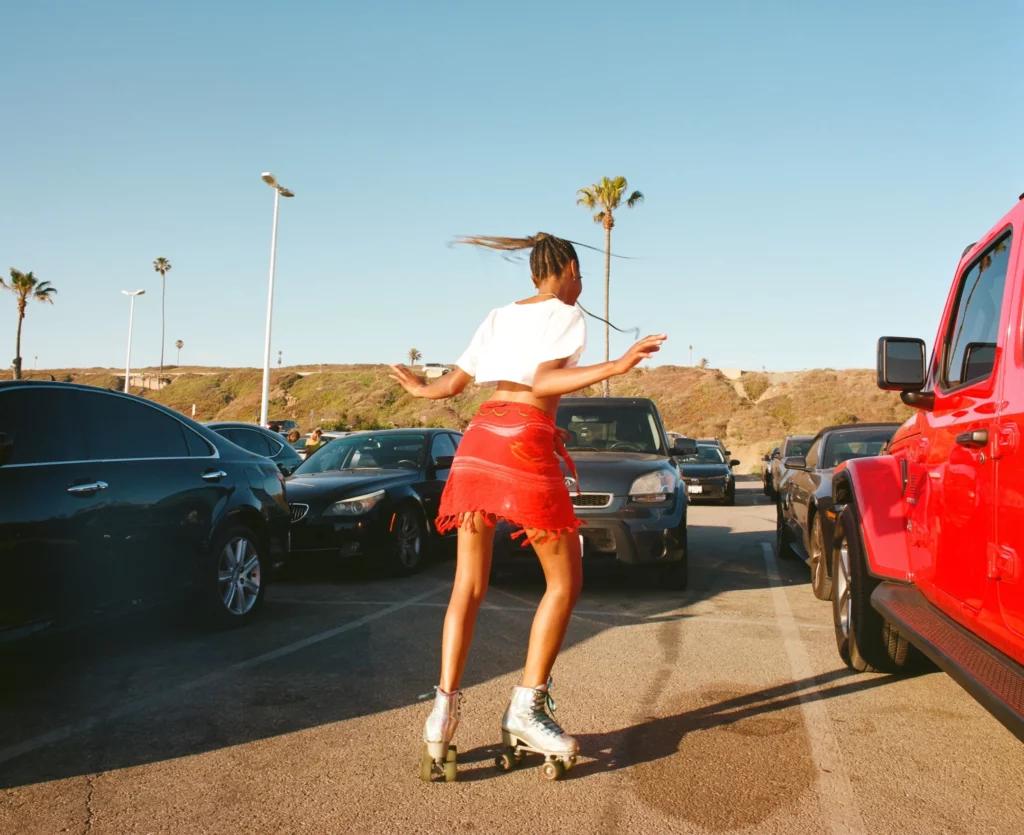Dancing For A More Inclusive Future Of Surf
The Ebony Beach Club reinvents a forward facing beach culture.
On May 22nd, Justin (Brick) Howze and Gage Crismond hosted “Beach Bounce,” a party to celebrate the revival of the Ebony Beach Club. The event took place at Dockweiler Beach, a stretch of highly-frequented sand near LAX. The turnout was around 250-300 people, all of whom gathered to surf, party, and heal from a past that discouraged black participation in beach culture.
“Celebration brings closure to a lot of things,” Brick and Gage told the LA Times, “When you have a moment where you can just celebrate, it closes the last door and opens the next one. It’s such a refresh.”
The afternoon sun blared, DJ sets played, wetsuits were shared, and free surf lessons were given. The festivities are expected to continue throughout the summer, on the second Sunday of each month.
See the highlight reel below:
The Ebony Beach Club, formerly known as Black Sand, was founded by Silas White in 1957. The purpose of the club was to promote beach/lifestyle activities in the Black communities. During this period, the terms “white and leisure” were synonymous with beach lifestyle. Silas White’s club never opened — Santa Monica claimed eminent domain over 1811 Ocean Ave — and the hopes of 2,000 eager participants dissolved as a result.
Beach culture and clubs in SoCal have a long sordid history. The Jim Crow laws excluded black people from public swimming, beaches, and watersports. Historically, wave riding has been an important pastime in African culture. The segregation in the states discouraged the practice.
Owner of “Shades of L.A.” a collection of vintage photos from the Los Angeles Public Library’s recalled, “All the beaches were privately owned,” William’s told the LAist, “You couldn’t go there [the beach] unless you belonged to a club, and we couldn’t belong to a club.

Decades before Ebony Beach Club, Charles and Willa Bruce, a black couple, bought oceanfront property in Manhattan Beach, where they built a beach resort. The year was 1912 — they endured constant harassment and were refused access to the beach in their own backyard.
In 1927, the city of Manhattan took possession of the land to build a lifeguard tower. Now the land is estimated to be worth $75 million and the city is in the process of paying what is owed to Charles and Willa’s descendants.

Note for contextual significance: Public beach segregation laws were not thrown out in 1927 as originally reported by the Los Angeles Times, but Civil Rights laws were forced to be upheld rather than disregarded due to a 1927 civil rights court case regarding segregation in Manhattan Beach.
Fast forward a century, traces of a discriminatory past surface in the same beachside city. Ebony Beach Club founder, Brick Howze, was blasted with several racial slurs in the water at the Manhattan Beach Pier just last year. He spoke about the incident in the post below:
In another incident, Jessa Williams, a Black female surfer was attacked with a similar dialogue in El Porto, one mile north of Manhattan Beach Pier. She told the Los Angeles Times, “When something like that happens to a woman, it’s not just about feeling angry, or humiliated, or disrespected. I was afraid.”
Please be mindful, these are just two instances that have been reported on — other voices may have yet to be heard.
Graham Hamiltion, manager of the Surfrider Foundation, explained to the Times, “It’s rooted in this false sense of ownership, like, ‘I live on this block. This is my beach. If you don’t live here, get the f— out,’ you know?”
Ebony Beach Club is designed not just to provide a safe space for surfers of color, but to make black surf culture more visible to the broader public in hopes of minimizing these instances in the future.

“That’s ultimately what it (the club) is about: reinventing beach culture as a whole,” said Gage Grismond, “Especially forward-facing American beach culture and definitely Southern California beach culture, which has always excluded us. What we’re doing today is the exact rebirth of [the original Ebony Beach Club].”
The “Beach Bounce ” is one of the movements that prevails over the problematic whispers of the past by focusing on a sense of community and connectivity.
The reinvention looks different. Funky soul music plays as salt mends the wounds of the past — a flawless convergence, and one that sets a hopeful precedent for a more diverse future in surf.





Comments
Comments are a Stab Premium feature. Gotta join to talk shop.
Already a member? Sign In
Want to join? Sign Up